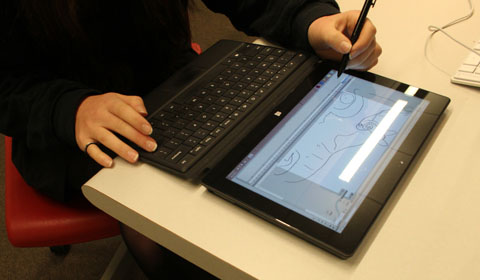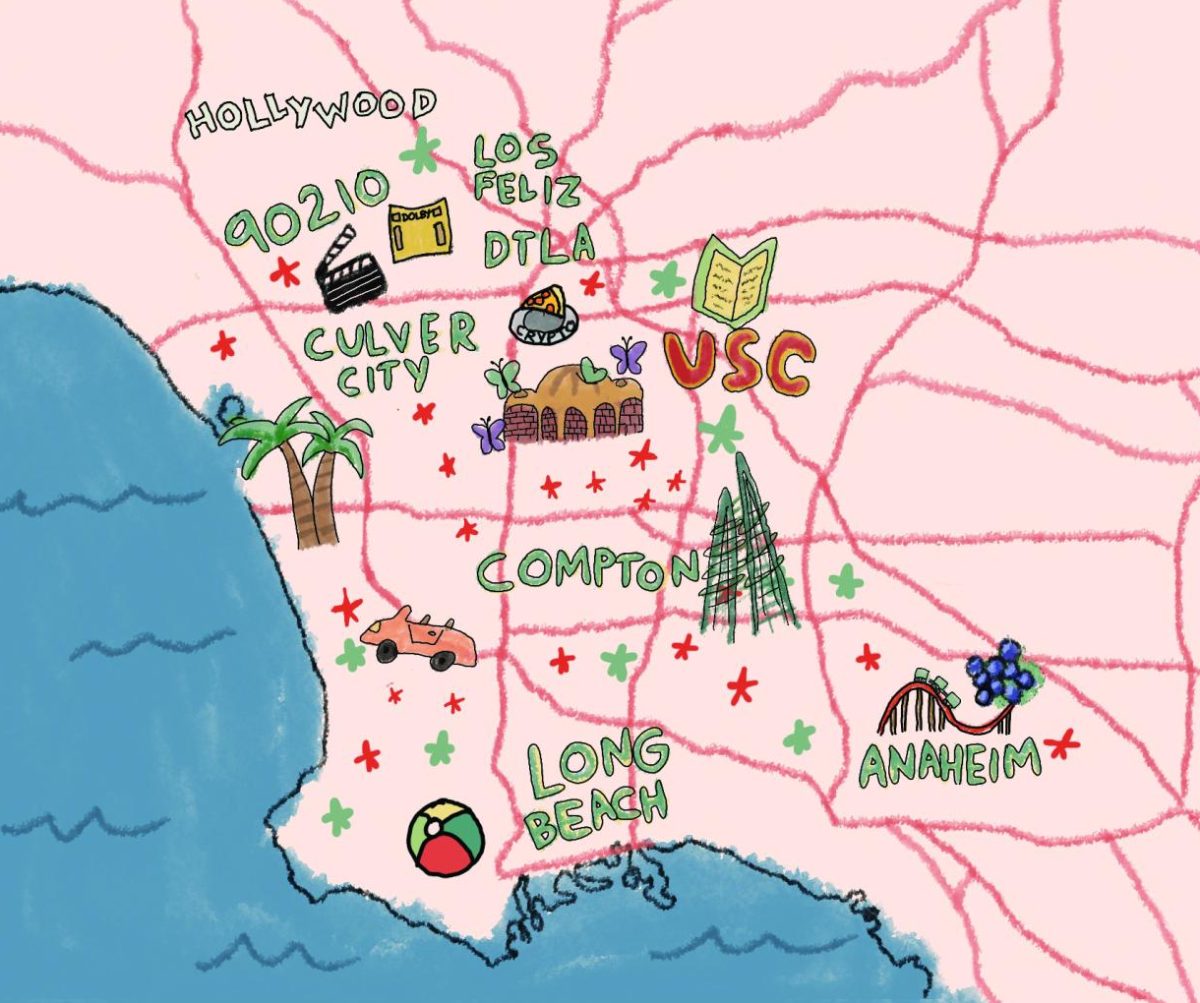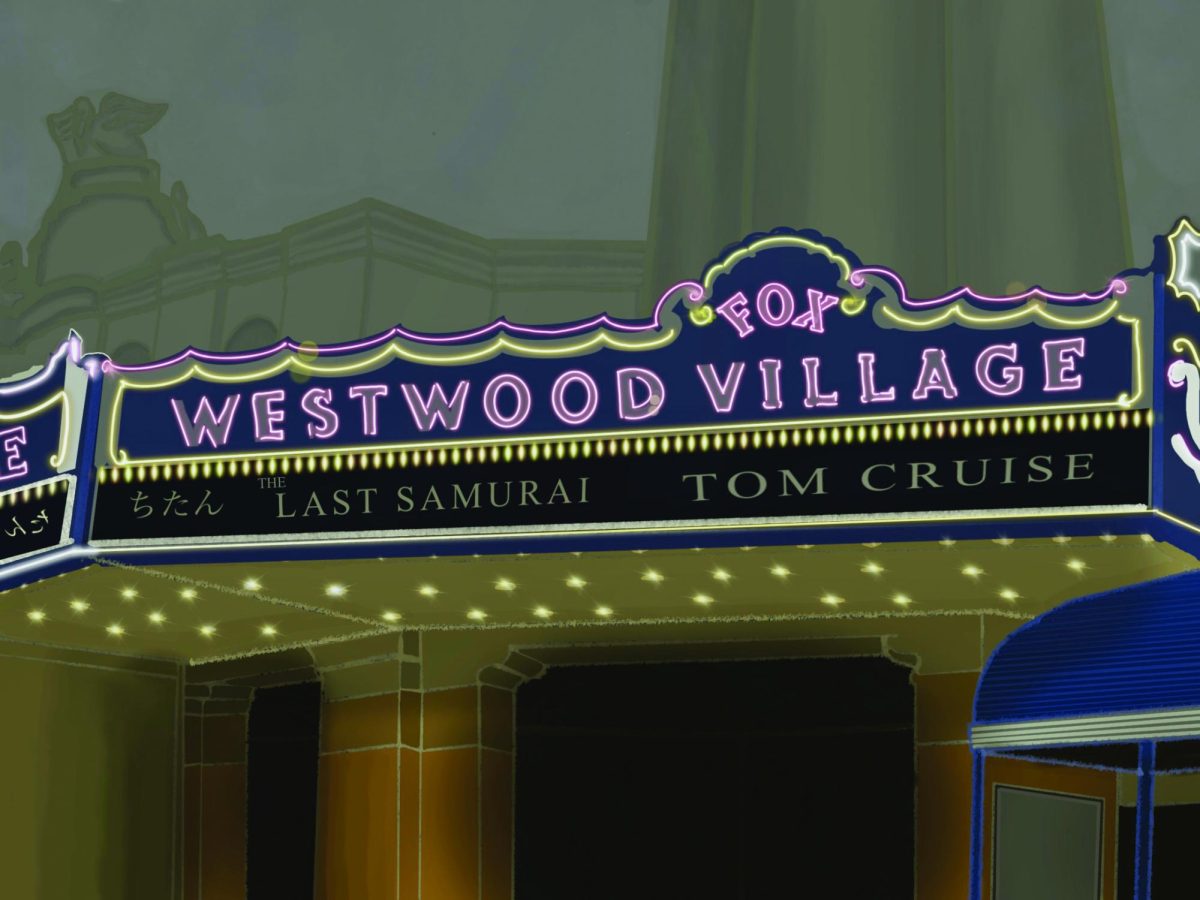
Sitting in class, girls have their eyes glued to what appears to be a whiteboard painted on a wall, but a closer look reveals that the coat of paint doubles as a functioning SmartBoard. A flock of new computers boasting the latest Windows software resides in what was once known as the Mac lab. The laptop cart is now home to shiny new Dell laptops that easily transform into tablets. Teachers in the Math Department send their students home to take notes on the videos they have made and prepare to field questions as girls do their homework in class the next day.
In an effort to make the learning experience more student-oriented, schools throughout the country have begun to employ teaching strategies that involve interactive technology. It is clear that Marlborough is championing a new focus on technology-based learning.
Director of Administrative and Academic Technology Stuart Posin believes that schools need to equip their students with technological skills and use technology to suit the learning style of individual students.
“I think we’re seeing a dramatic shift from teacher-centered learning and teaching to student-centered learning, where students are in control of their learning, and the reason that’s happening is because technology is facilitating it,” Posin said.
One example of the School’s initiative for student-driven classes are the Khan Academy classes offered by the Math Department during the 2011-2012 and 2012-2013 school years. In these “flipped” classes, students watched videos of lessons at home for homework and then did their “homework” in class, with the help of their teacher.
Khan Academy classes are no longer offered at Marlborough, however. According to Mathematics Department Head Chris Talone, the Khan Academy classes were cancelled because the videos didn’t align with the School’s curriculum, and students were figuring out how to solve math problems using the internet, without really learning the material or mastering the concepts.
This year, rather than using Khan Academy videos, some math teachers have made their own videos for students’ notes. Talone says both he and his students prefer the teacher-made videos.
“I don’t think it’s good to flip classes completely because people would get bored, but for topics where people tend to struggle or where you want to have a video resource, it’s good,” Talone remarked.
Yu-Shien ’15, who participated in the Khan Academy Pre-calculus class last year, has mixed feelings about the experience.
“I really liked being able to ask questions while we did our homework in class. Khan helped me learn the math so much faster, but I didn’t like the pace of the class because we weren’t able to cover as much material as the regular Pre-calculus class, so I was doubly behind for my AP Calculus class this year. We also had quite a few tech troubles,” Yu-Shien said.
Some students and teachers worry that flipped classrooms, or classes that take place entirely online, lack the same level of emotional connection and personal interaction that traditional classrooms enable.
“One of the most important things is the emotional connection between a teacher and student in terms of their relationship. If you go online and watch a Khan video, there’s no connection, whereas if you watch Dr. Talone or Ms. Kissinger, you’re still establishing a relationship,” Posin said.



